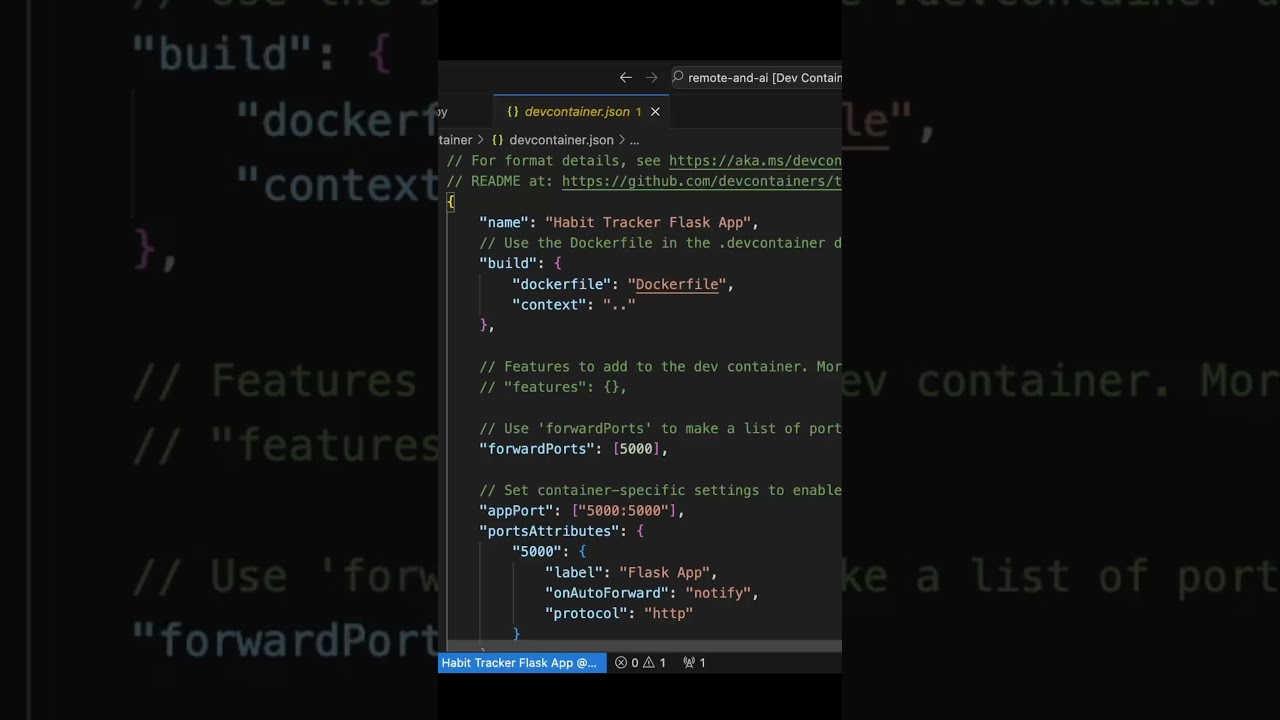The video explains how embedding custom instructions within dev container configurations enhances large language model interactions by providing consistent, environment-aware context, leading to more accurate and efficient development workflows. It highlights that these instructions are integrated through container features, such as Python, which automatically inform the LLM about the environment’s setup, improving remote and local development experiences.
The video explains the concept of custom instructions for large language models (LLMs) and how they can enhance coding and development workflows. Custom instructions allow users to embed specific preferences and context into every interaction with the LLM, eliminating the need to manually include this information in each query. This results in more efficient communication and consistently better responses, especially useful in complex development environments.
The presenter highlights the advantages of integrating custom instructions directly into development containers, particularly dev containers. By doing so, developers can ensure that the LLM is always aware of their specific coding preferences, tools, and stack. This seamless integration helps streamline workflows, especially when switching between local and remote development environments, by maintaining consistent context without extra effort.
An example is provided where the user asks whether they need to install Python extensions for Python development. When working locally, the LLM suggests installing them, but when connected to the dev container, it recognizes that the necessary features are already included. This demonstrates how custom instructions embedded in the dev container configurations inform the LLM about the environment’s setup, leading to more accurate and relevant responses.
The video clarifies that these custom instructions are not stored in traditional files like the custom instructions file or the devcontainer.json. Instead, they are embedded within the dev container’s configuration, specifically through features included in the container image. For instance, using a Python image from Microsoft’s container registry automatically adds predefined custom instructions related to Python, making the environment more intelligent and context-aware.
Finally, the presenter emphasizes the importance of features in dev containers as building blocks that enhance the container’s capabilities. These features, such as the Python feature, provide predefined custom instructions that help specify the development environment’s characteristics. Overall, leveraging features and custom instructions in dev containers significantly improves remote development, making it more efficient and tailored to individual preferences and project requirements.
